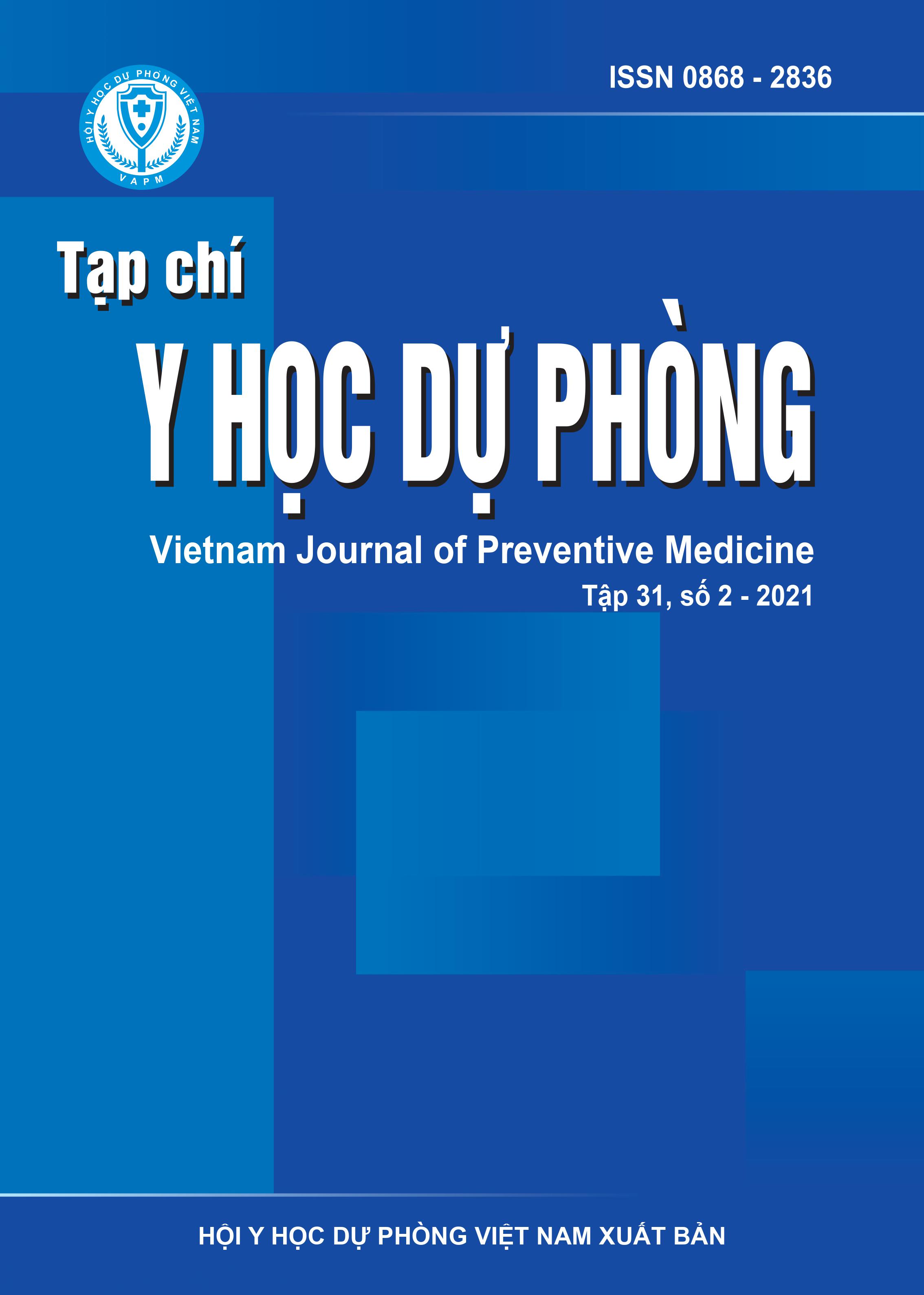PenA genes mutation and resistance to both ceftriaxone and cefxime of Neisseria gonorrhoeae isolated in Ho Chi Minh City Dermatology Hospital in 2017 and 2019
DOI:
https://doi.org/10.51403/0868-2836/2021/71Keywords:
Neisseria gonorrhoeae, Gonorrhea, cefxime, ceftriaxoneAbstract
Extend-spectrum cephalosporines (ESCs), represented by ceftriaxone and cefxime, are currently recommended for the treatment of gonorrhea caused by the bacterium Neisseria gonorrhoeae. However, the emergence of strains with decreased susceptibility to these antibiotics has been detected around the world. Decreased susceptibility and resistance to ESCs has been associated with mutations in different target genes such as penA, mtrR, porB1b (penB), and ponA genes. Fifty N. gonorrhoeae strains with decreased susceptibility to ceftriaxone/ cefxime or both of those isolated in Ho Chi Minh
City Dermatology Hospital in 2017 and 2019 were selected in this study aims to describe PenA genes mutation and resistance to both ceftriaxone and cefxime of Neisseria gonorrhoeae isolated in Ho Chi Minh City Dermatology Hospital in 2017 and 2019. The results showed that those selected strains were highly resistant to all antibiotics, which is currently used in
the treatment of N. gonorrhoeae with the the following rate: ciprofloxacin 100%, tetracycline 84%, and penicillin 58%, especially cefxime 100% and ceftriaxone 36%. No strains resistant to azithromycin have been detected. Six representative strains had minimum inhibitory concentration with cefxime at 1.0µg/mL and ceftriaxone at 0.5µg/mL, which were respectively four and two times higher than fully susceptible strains. Analyzing the above 6 strains at molecular level, we identifed 59
mutations in penA gene lead to replacement of 58 amino acids, and addition of 1 amino acid after position 345.
Downloads
Downloads
Published
How to Cite
Issue
Section
License
Publication License No 150/GP-BTTTT signed on May 8, 2014;
Electronic Publication License No 322/GP-BTTTT signed on June 15, 2016.


